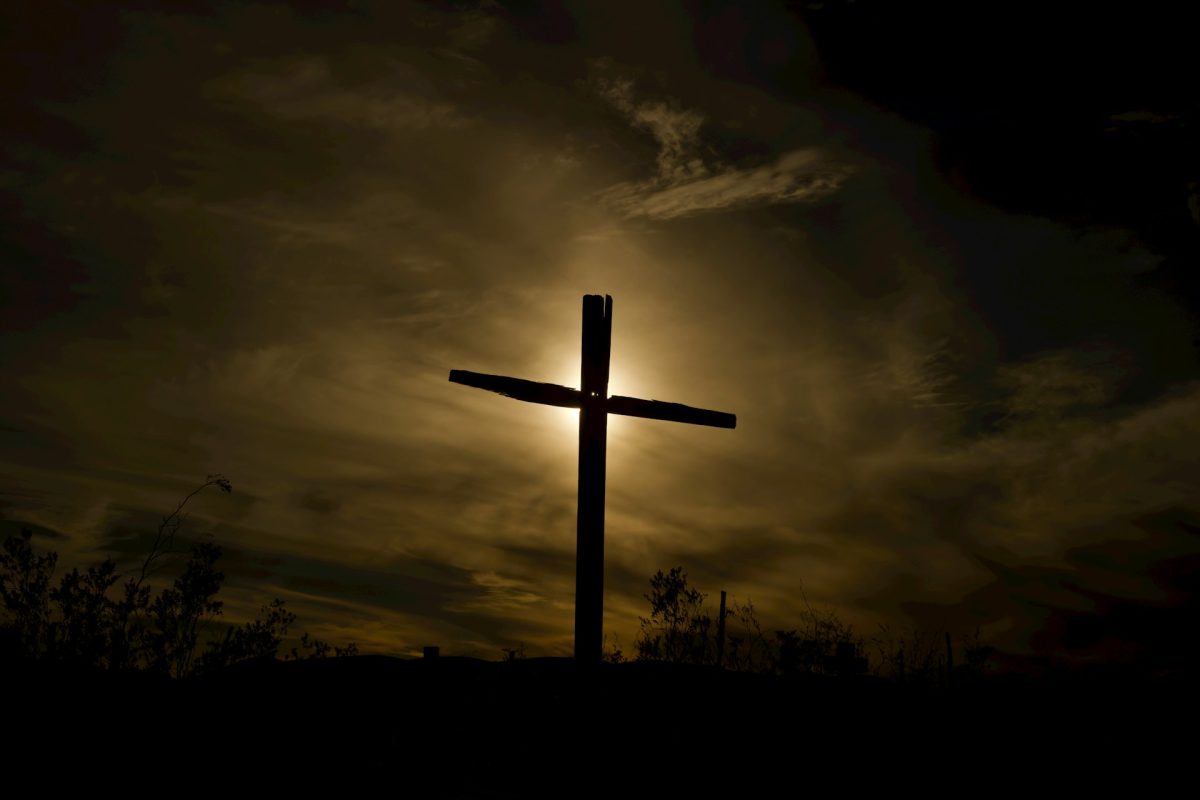Understanding the Great Controversy metanarrative

Whether in administration, governance, civic society, or even parenting, good results occur when there is a balance of the hard and soft. The hard includes rules, law, justice, order, adherence, stability, precedence, and discipline; the soft, compassion, forgiveness, understanding, sympathy, nuance, conditions, and mercy. The right balance can prevent extremes: too hard causes things to break while too soft results in no lessons, change, or progress. How, then, can this balance be achieved?
For example, perhaps you have been pulled over by the police for a minor traffic offence. The hard is presented before you: the law. The balance here would be to pay a penalty commensurate with the misdemeanor. But if you were speeding because you were rushing a pregnant woman to the hospital, the soft would be presented to offset the hard, resulting in balance. If the law required you to lose your fingers over a broken taillight, this would be an imbalance. If the law required a mere apology after you caused a 14-car highway smash up, this also would be an imbalance.
Finding this right balance has been the great goal of legal history. The balance has been sought by the pagan religions, the modern social sciences, and the philosophers of every age. Postmodernists have argued away the annoying question. Popular culture entertains us by presenting the extremes. But Christianity contains the clearest manifestation of the hard and the soft balance. In its understanding of the Great Controversy metanarrative, Adventism (arguably) presents this great balance in its broadest light, from the perspective of the universe.
The cross of Christ is where the tension finds its climax. It is the perfect revelation of good and evil. It is where peace and pain coexist. It is salvation and condemnation. It is beauty and horror; splendor and scandal; majesty and misery. The death of Jesus shows the hard in the upholding of God’s justice, but also the soft that displays God’s love for humanity. “Mercy and truth have met together; righteousness and peace have kissed” (Ps. 85:10).
Through meditating upon the cross, parents can receive the insight and patience to chide lovingly with balance. Churches can receive forbearance and Christ’s heart to discipline its membership with redemption. Conferences can manifest fairness, yet compassion, in dealing with pastors and churches. Unions can live out Christ’s commandments and character in administering institutions. The world church and its divisions can have the highest integrity with the broadest of compassion in leading out Christ’s mission to the ends of the earth.
This balance is not found within. It is not embedded in knowledge, culture, or experience. Its source is found in the great foundation without: the hard and soft cross of Jesus.








